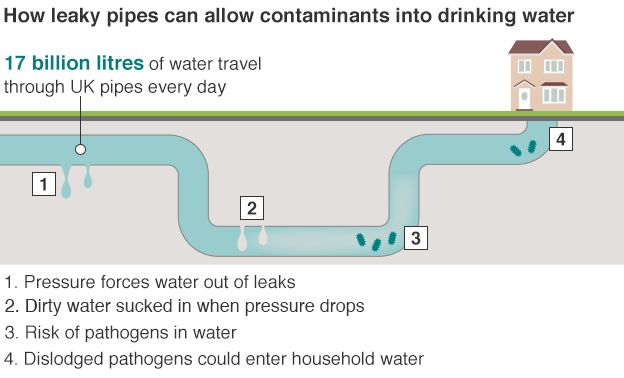Consider The Expenditures And Benefits Of Solar Installation To Reveal The Feasible Financial Benefits For Individuals Considering This Renewable Energy Investment
Consider The Expenditures And Benefits Of Solar Installation To Reveal The Feasible Financial Benefits For Individuals Considering This Renewable Energy Investment
Blog Article
Authored By-McMillan Barbee
When thinking about the costs of solar installment, you might wonder about the ahead of time investment called for and whether it aligns with the possible long-term advantages. Understanding the details of these expenses and the different elements influencing the total return can clarify the value suggestion of transitioning to solar energy. By reviewing both the initial configuration prices and the predicted cost savings over time, you can gain insight right into whether the investment in solar setup holds guarantee for your economic future.
Preliminary Setup Expenditures
When considering the costs of solar installment, the first configuration expenses play an important duty in your decision-making procedure. These in advance expenses include the price of photovoltaic panels, inverters, installing devices, and setup labor.
The price of solar panels can vary depending on the brand, efficiency, and size you select. Inverters are crucial for transforming the sun's energy into functional electricity and come in different kinds such as string inverters, microinverters, and power optimizers, each with its own expense effects.
Mounting equipment, such as racks and rails, is required to securely install photovoltaic panels on your roofing or residential property.
The installment labor expense covers the expert installation of the planetary system, guaranteeing that every little thing is established appropriately and successfully. Keep in why do many solar energy systems require batteries that while these initial configuration costs may seem high, there are often refunds, tax obligation incentives, and funding options offered to help counter the prices and make solar installation a lot more affordable over time.
Long-Term Financial Savings Analysis
To understand the economic benefits of solar installment in time, it's crucial to conduct a comprehensive long-term financial savings analysis. While the first arrangement expenditures of photovoltaic panels may seem overwhelming, the long-term financial savings can outweigh these costs considerably. By using the power of the sunlight to generate electrical energy for your home, you can potentially conserve countless dollars on your energy bills over the life-span of your solar system.
One of the key factors to consider in a lasting savings analysis is the reduction in your electrical energy expenses. With solar panels, you can produce your electrical power, reducing or perhaps eliminating your dependence on the grid. This can cause substantial cost savings, particularly as utility prices remain to climb.
Additionally, numerous federal governments use motivations such as tax obligation credit ratings and rebates for mounting photovoltaic panels, additionally boosting your long-term financial savings. By benefiting from these incentives and optimizing your solar energy production, you can delight in substantial monetary advantages for many years ahead.
Return on Investment Calculation
Thinking about the economic advantages of solar installment, it's time to examine the Return on Investment (ROI) calculation. Identifying the ROI includes comparing the complete costs of mounting a planetary system with the economic benefits it produces over its lifespan.
To determine ROI, split the net profit from the system by the total investment cost and increase by 100 to get a portion. The ROI formula is: (Net Earnings/ Total Amount Investment Cost) x 100.
For Read the Full Report , if the complete cost of installing a planetary system is $20,000, and over its life expectancy, it generates cost savings and revenues totaling $30,000, the net profit would certainly be $10,000. Splitting this by the overall financial investment cost of $20,000 gives a proportion of 0.5. Multiplying this by 100 gives an ROI of 50%.
Normally, https://ilsr.org/how-the-inflation-reduction-act-makes-it-easier-to-go-solar-and-where-it-falls-short/ shows a more financially fulfilling financial investment. Factors like government motivations, maintenance expenses, and power price fluctuations can impact the ROI of solar setups. Understanding the ROI helps in assessing whether purchasing solar power is worth it in the future.
Conclusion
To conclude, recognizing the prices of solar installment is critical for figuring out if it is worth the investment. By considering preliminary configuration expenses, carrying out a long-lasting cost savings evaluation, and determining the roi, you can make a notified choice concerning the economic value of solar energy. With the potential for minimized energy costs and increased energy freedom, investing in solar setup can be a smart option for both your purse and the setting.
